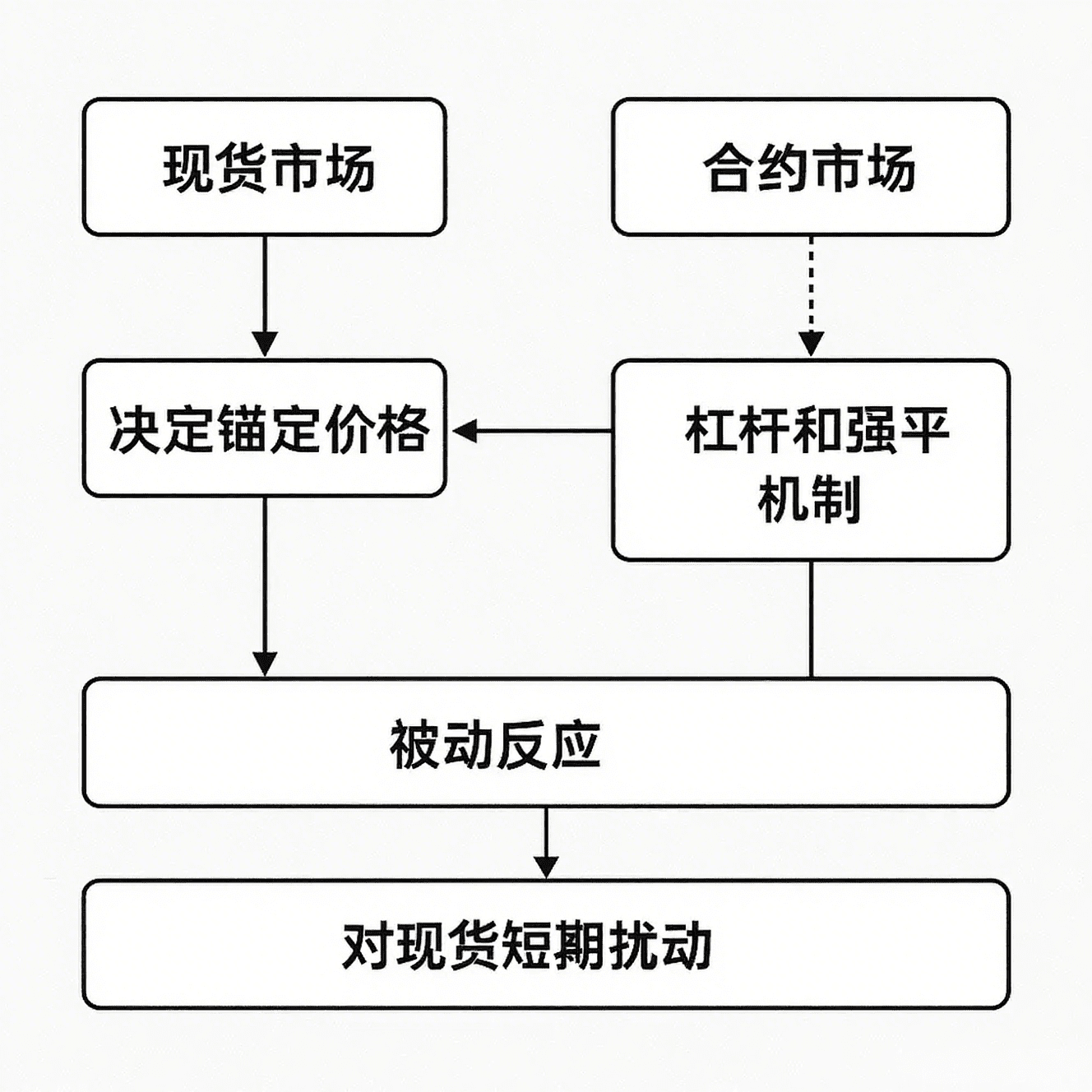Clearly, the contract interface is filled with short orders, yet the K-line is soaring? Isn’t this operation leaving you bewildered? Today, let’s uncover the 'cover-up' of the crypto market, discussing why everyone is shorting while the price insists on rising, and conveniently, we’ll dissect the manipulative strategies of altcoin manipulators!

First, understand a core logic: opening a short in contracts does not equal selling in the spot market. Many people think that if more people are shorting, the price should drop, but this is actually a fatal mistake. The essence of the contract market is a 'zero-sum game'; every short position must correspond to a long position. Just like if you want to sell the apple in your hand, someone must be willing to buy it for the transaction to occur. If you place a short order but no one takes it, you either can't open the position or you have to lower the price to find someone to buy it, at which point the price drop is indeed related to the short position, but most of the time, the forces of longs and shorts are in dynamic balance.
What truly determines the price direction is the spot market. The spot is the 'root,' while the contract is merely a 'shadow.' The spot market has real capital inflows and outflows; as long as the manipulator holds a large amount of spot without selling, or continues to buy, the spot price can stabilize or even rise. At this point, even if there are many short positions in the contract market and the funding fee is negative (for example, -2%), the contract price must follow the spot price, after all, the core function of the funding fee is to prevent the contract price from deviating too far from the spot. Have you ever seen an altcoin with a ridiculously negative funding fee still rising? That is likely a sign that the manipulator is controlling the market, using the spot to support and force the price up.
When it comes to altcoin trading, it is simply the 'playground of the manipulators.' For example, if a coin has a total issuance of 1000 units, and the manipulator holds 990 units while the remaining 10 units are in the hands of retail investors, it’s very easy for the manipulator to pump the price: they can place a high sell order and then use another account to buy at that high price, moving the price up by trading between their own accounts. Even if all 10 units held by the public are sold, it won't make a splash, after all, 99% of the chips are in the hands of the manipulator, and the price control is completely in their hands.
This also explains why some coins are only available in contracts and not in spot markets: because the circulation in the spot market is too low. Once they are listed in the spot market, it is easy to expose the real distribution of chips. By only using contracts, the manipulator can influence the price with a small amount of spot, and then harvest retail investors in the contract market, it is simply a 'low risk, high reward' trading template.
Remember: contracts deal with expectations, while spot looks at real money. Don’t be misled by the long-short ratio displayed on the contract interface; focusing on the flow of funds and circulation in the spot market is the key. Want to avoid the manipulator's scythe? Follow me, and in the next issue, I’ll help you find the manipulator’s flaws through funding fees and chip distribution, allowing you to navigate the crypto market without wasting three years!


